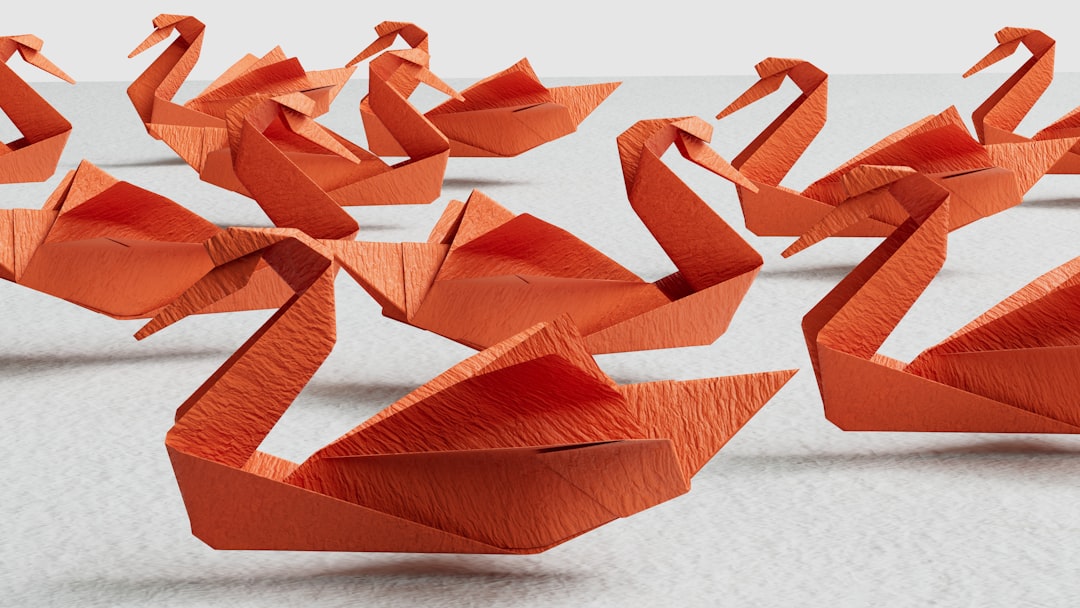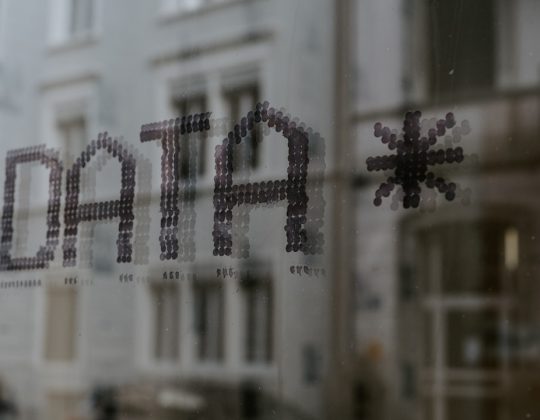The popularity of glow in the dark filaments has surged in recent years, particularly among hobbyist and professional 3D printing communities seeking to add unique aesthetics to their prints. For users of the Bambu Lab A1, these specialty filaments open up creative possibilities, from custom figurines and keychains to safety signs and decorative items. However, understanding how these filaments work and how to optimize them for the A1 can be critical to achieving quality results.
How Glow in the Dark Filaments Work
Glow in the dark filaments are typically PLA- or PETG-based materials infused with phosphorescent additives, most commonly strontium aluminate. This compound absorbs ultraviolet light and re-emits it slowly over time, causing the material to glow in low-light environments. Strontium aluminate is preferred for its long-lasting and bright glow compared to older materials like zinc sulfide.

For optimal performance, exposure to full-spectrum artificial lights or direct sunlight is recommended prior to viewing the material in the dark. The brightness and duration of the glow can vary significantly based on the density of the phosphorescent particles in the filament and the thickness of the printed object.
Compatibility with Bambu Lab A1
The Bambu Lab A1 is a versatile and high-speed CoreXY 3D printer that generally handles a wide range of filament types well. Most glow in the dark filaments are produced using PLA as the base polymer, which is natively supported by the A1.
Here are a few factors to consider:
- Nozzle wear: Glow filaments are abrasive due to the presence of phosphorescent particles. It’s advisable to use a hardened steel or ruby nozzle instead of a standard brass one to prevent rapid wear.
- Temperature settings: Glow filaments typically require print temperatures between 200°C and 220°C. Users should adjust the printer settings accordingly.
- Bed adhesion: Most PLA-based glow filaments adhere well to heated beds set at around 50°C to 60°C. Utilizing a glue stick or PEI surface can aid in minimizing warping.
Common Issues with Glow in the Dark Filaments
Despite their appeal, these filaments are not without challenges. Some common issues experienced by users include:
- Nozzle clogging: The abrasiveness of the glow particles can lead to partial clogs over time. Regular maintenance and use of a larger nozzle (e.g., 0.6 mm) can help mitigate this.
- Layer adhesion problems: Due to the inclusion of non-polymer particles, layer bonding can occasionally suffer, especially in lower-quality filament brands.
- Inconsistent glow quality: Variations in pigment distribution can lead to inconsistent luminescent properties. Sampling different brands or grades can help identify the most reliable options.

Recommended Brands and Settings
When printing glow in the dark filaments with the Bambu Lab A1, the following brands have been reported to offer consistent results:
- Amolen – Offers a bright blue/green glow and good filament consistency.
- eSun – PLA-based glow filament that is compatible with high-speed printers like the A1.
- Hatchbox (when available) – Known for good range and luminous strength.
Suggested base settings for use with these filaments on the Bambu A1 include:
- Nozzle temperature: 210°C
- Bed temperature: 55°C
- Layer height: 0.2 mm (or 0.3 mm for more glow per layer)
- Print speed: Slow down to 60-80 mm/s for better consistency if using high glow density filaments
Final Considerations
Glow in the dark filaments provide a fascinating and visually striking medium for 3D printing enthusiasts. When using them with capable hardware like the Bambu Lab A1, it’s important to balance creativity with practical considerations such as nozzle types, wear and tear, and appropriate slicing profiles. By understanding the mechanics behind the material and selecting the right brands and settings, users can elevate their prints and ensure long-lasting luminescence.
Above all, remember to store these filaments in a dry, UV-protected environment to preserve their glowing properties over time. With the right maintenance and techniques, glow in the dark printing can be both a functional and artistic addition to your 3D printing projects.







